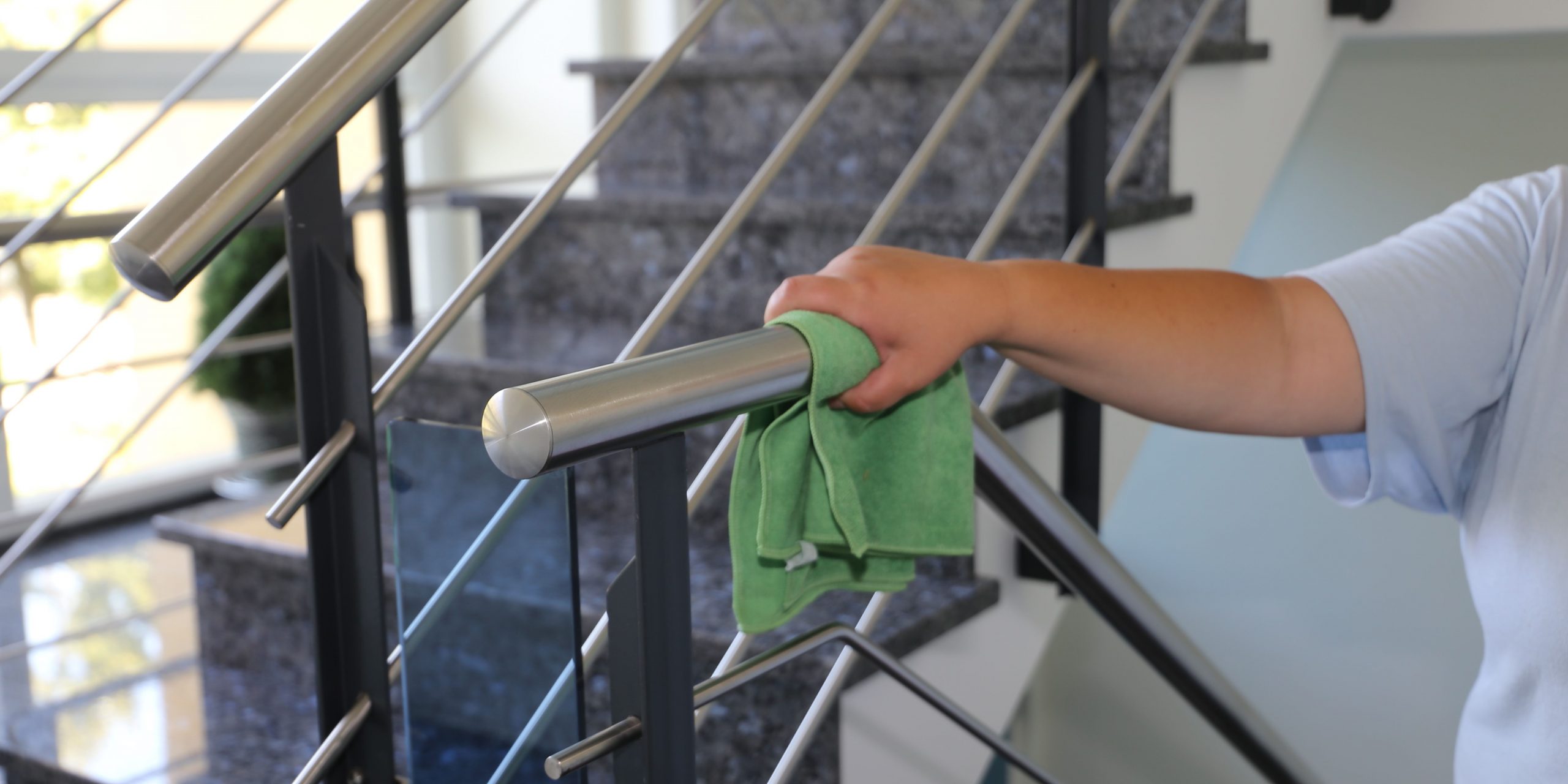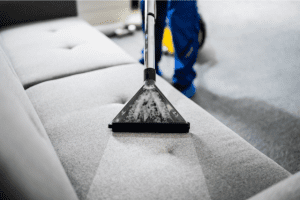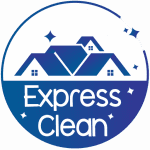Essential Best Practices for Cleaning Common Areas in Buildings
Common areas form the heart of any building—whether it’s an apartment complex, office tower, or community facility. Maintaining these spaces is critical for health, safety, and tenant satisfaction. For facility managers, homeowners, or operations leads in Chicago and its suburbs, efficient and compliant cleaning in shared spaces requires up-to-date methods, the right products, and smart scheduling. This guide covers key strategies, material compatibility, and compliance essentials to help you optimize common area maintenance.
Understanding the Unique Challenges of Common Area Cleaning
Unlike private areas, common spaces endure higher foot traffic, frequent touchpoints, and diverse material surfaces. These factors increase infection risk, wear-and-tear, and demand for consistent cleanliness. In Chicago, seasonal weather further amplifies these challenges, bringing in moisture and salt during winter months. Implementing a thoughtful approach ensures long-lasting, hygienic, and attractive environments for everyone.
Key Components of Effective Cleaning Protocols
| Component | Why It Matters | Example |
|---|---|---|
| High-Touch Surfaces | Reduce pathogen transmission risk | Handrails, elevator buttons |
| Appropriate Chemistry | Protect material integrity & health | pH-neutral cleaners for stone floors |
| Scheduling | Minimize disruption & ensure frequency | After-hours cleaning, posted schedules |
| Safety Measures | Protect staff & occupants | PPE, proper ventilation |
Best Practices for Cleaning Common Areas
1. High-Touch Protocols
- Clean and disinfect high-traffic surfaces multiple times daily (CDC recommends EPA-registered disinfectants with correct dwell time, typically 3–10 minutes).
- Focus on entries/exits, light switches, furniture arms, and shared amenities.
2. Material Compatibility and Chemistry
- Choose pH-neutral cleaners for delicate surfaces like marble or limestone. Alkaline products may damage finishes.
- Always review manufacturer Safety Data Sheets (SDS) to ensure products are safe for surfaces present in your building.
- Rotate disinfectants as needed per global cleaning accreditation recommendations to avoid residue build-up.
3. Cross-Contamination Controls
- Use color-coded microfiber cloths and mops for different areas (e.g., restrooms vs. lobbies).
- Launder cleaning textiles daily to meet OSHA and CDC standards.
- Change mop water frequently and store chemicals away from public access.
4. Waste Handling & PPE
- Line trash bins to reduce direct contact. Empty frequently, especially during events.
- Enforce PPE use (gloves, masks, eye protection) per OSHA guidelines. Replace PPE between zones.
- Maintain proper logs and staff training regarding chemical exposure and emergency procedures.
5. Ventilation and Air Quality
- Routinely clean HVAC vents and replace filters with models approved by ASHRAE’s air filtration guidance.
- Promote air exchange during and after cleaning to minimize inhalation risks.
Scheduling for Maximum Efficiency
Strategic scheduling boosts efficiency and occupant satisfaction. For Chicago’s busier downtown buildings or suburban multi-unit complexes, consider:
- Peak/Off-Peak Shifts: Plan thorough cleaning during off-hours; increase spot-cleaning during prime traffic periods.
- Visual Inspection Logs: Document tasks weekly and display checklists to promote accountability.
Sample Weekly Cleaning Checklist for Common Areas
- Clean lobby floors and mats (daily)
- Disinfect elevator buttons and rails (2–3x daily)
- Wipe down mailboxes, handrails, light switches (daily)
- Launder entry rugs (1–2x weekly)
- Empty and sanitize bins (daily)
- HVAC vent dusting (monthly)
Meeting Compliance and Documentation Standards
Always comply with local health codes and safety standards. In the Chicago area, consult city sanitation guidance and keep up-to-date with CDC bulletins. Document all cleaning protocols, chemical inventories, and staff training certifications for regulatory or tenant inquiries.
Learning and Innovating Further
- Stay current by reviewing guides such as how cleaning companies are innovating.
- Explore tips on how cleanliness influences the work environment for staff productivity benefits.
- For understanding product choice, see our cleaning products and equipment overview.
Conclusion
Implementing smart, safe, and science-based cleaning practices not only boosts building reputation but protects health and minimizes long-term costs. Facility managers and operations professionals in Chicago and the suburbs can ensure common areas are welcoming and compliant by following these best practices.
Ready to elevate your building’s cleanliness? Book office cleaning in Chicago or schedule move-out cleaning with Express Clean today.
This article is for informational purposes. For detailed service options or emergency cleaning in your area, please consult local professionals or hygiene code authorities.

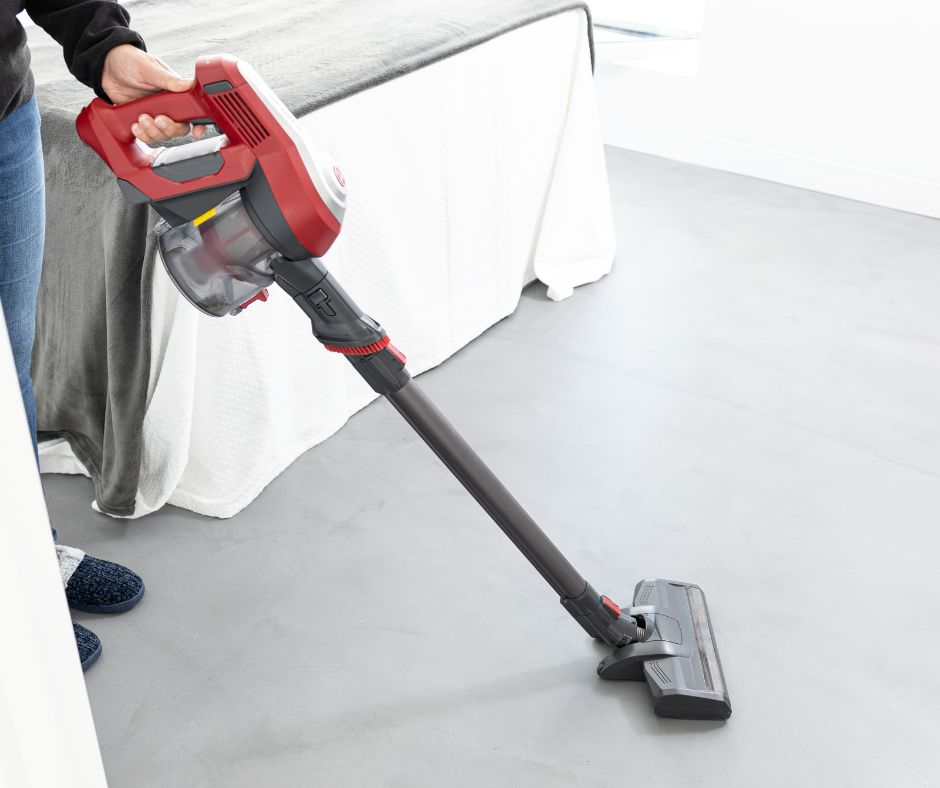
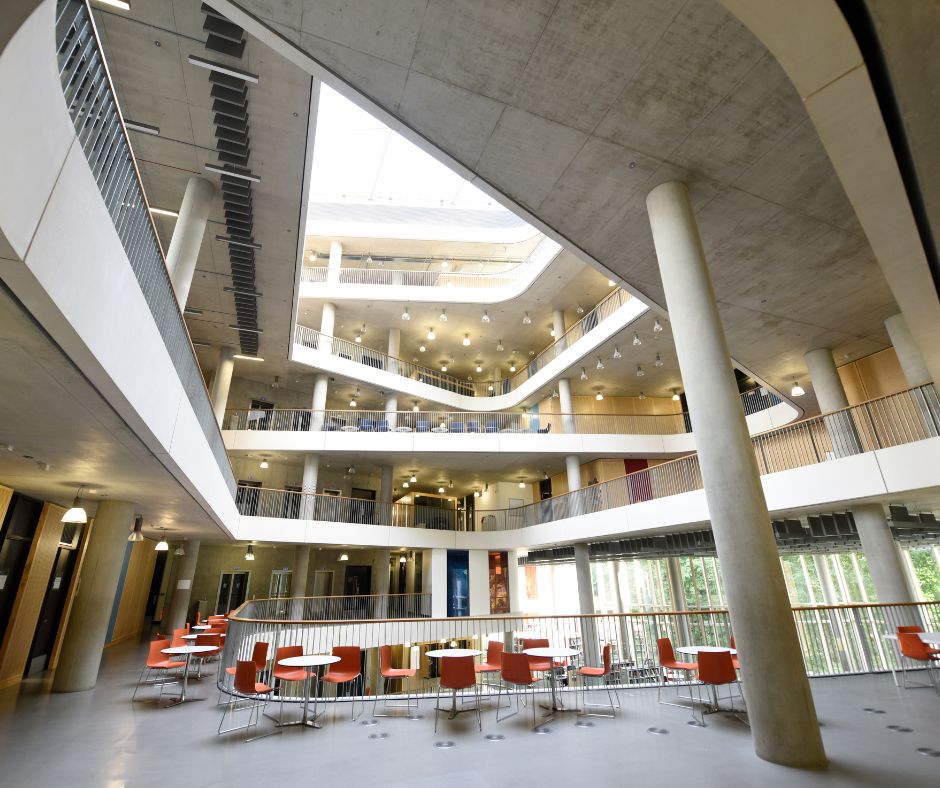
hygienic, living environment, best apartment cleaning services Chicago, apartment cleaning Chicago, best cleaning service Chicago, weekly cleaning, efficient cleaning, apartment cleaning services Chicago, apartment cleaning services Chicago

